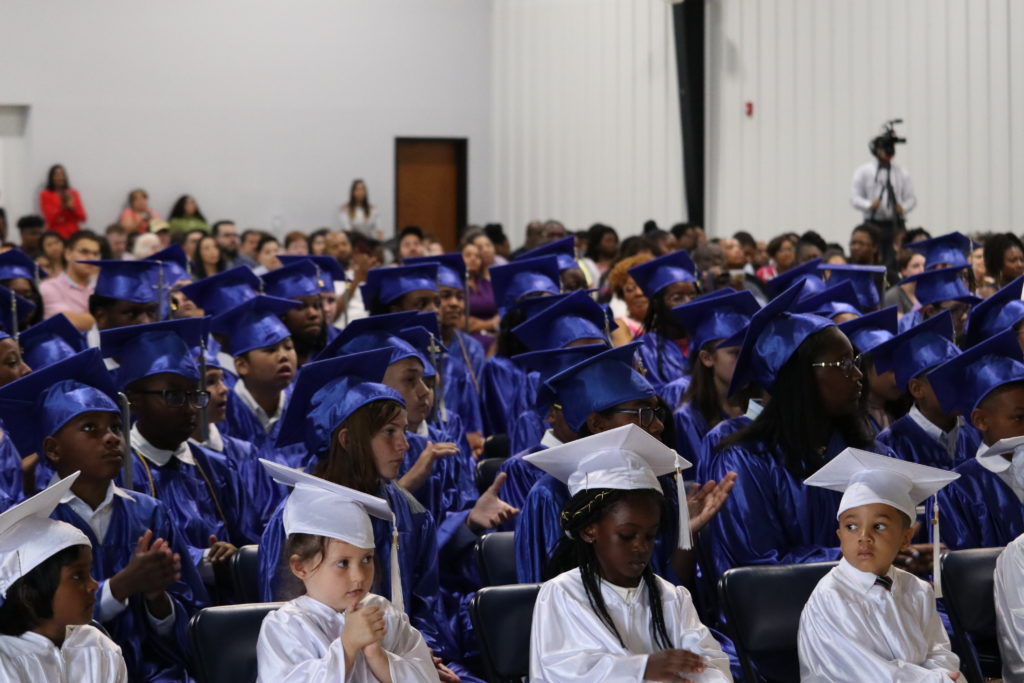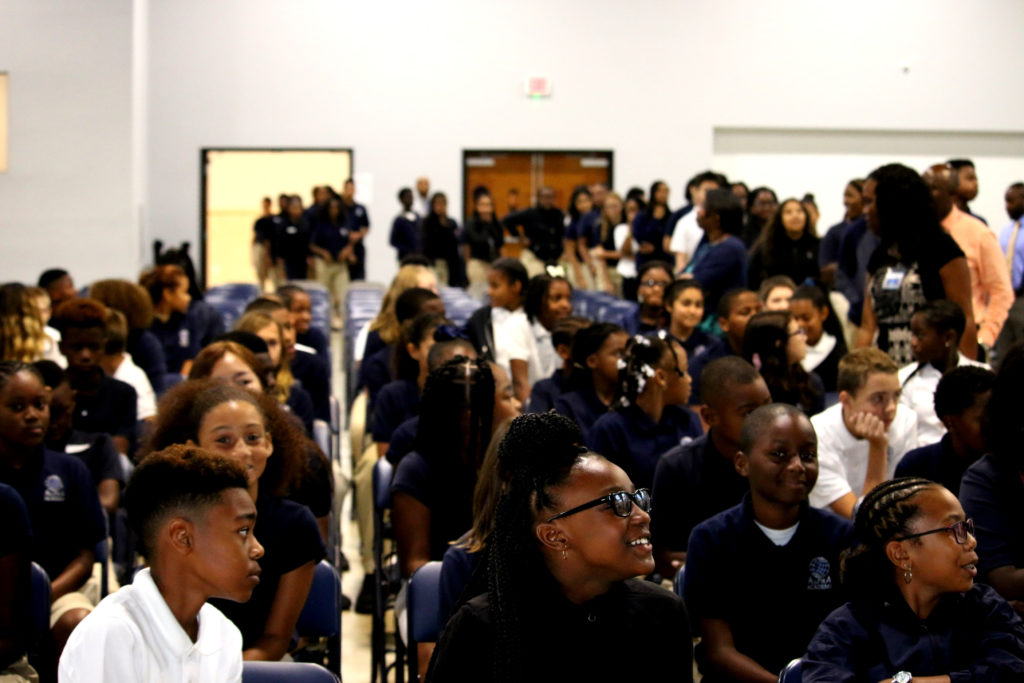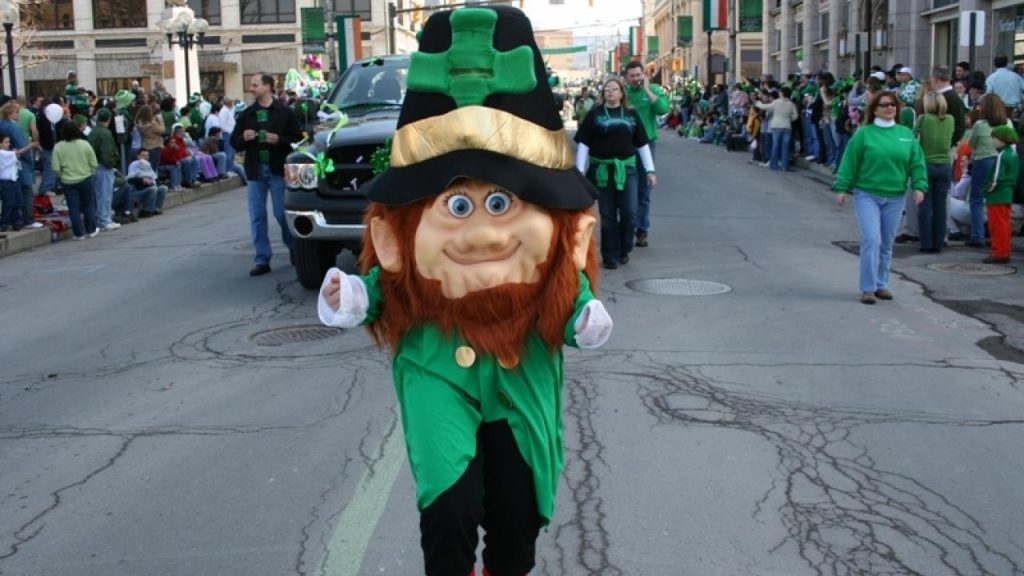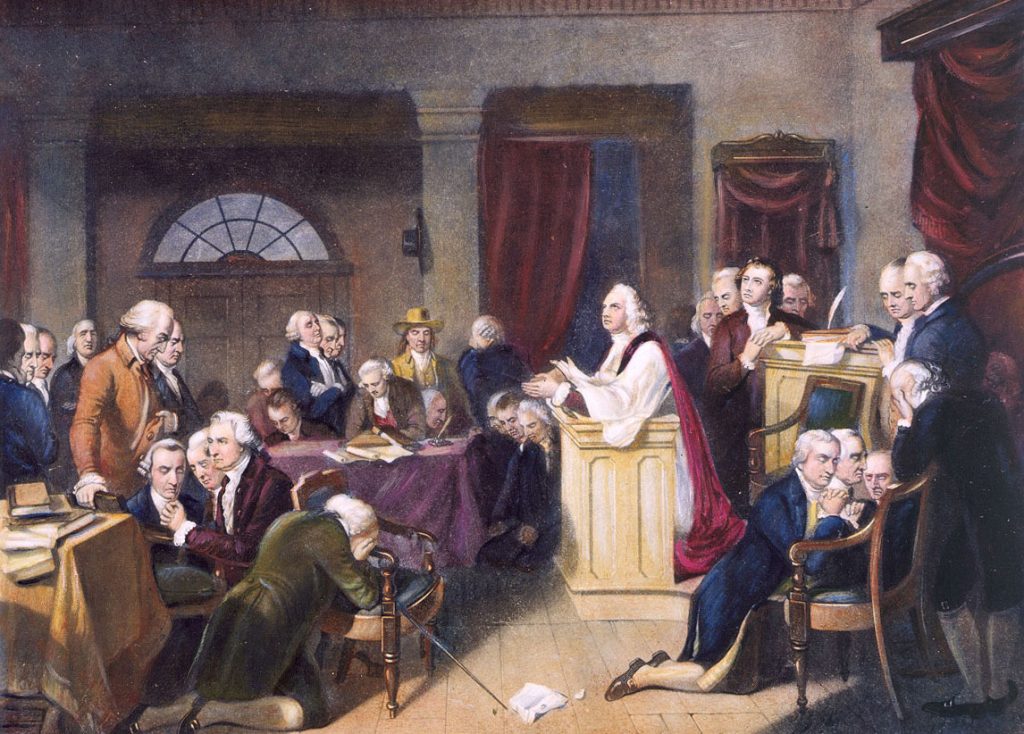
Alpha Academy 2023 Graduation Ceremonies mark a significant milestone in the lives of our students. It is a time of reflection, accomplishment, and transition as we bid farewell to our graduating classes. We are pleased to announce the schedule for these momentous events:
On Thursday, May 25th, at 9am, we will celebrate the achievements of our PreK and 5th-grade graduates. These young minds have blossomed and grown during their time at Alpha Academy, and it is with great pride that we send them off to their next academic journey.
On Friday, May 26th, at 9am, we will come together to honor the accomplishments of our 8th and 12th-grade graduates. These remarkable individuals have exhibited dedication, perseverance, and academic excellence throughout their years at Alpha Academy. They have worked tirelessly to reach this pivotal moment, and it is a testament to their hard work and resilience.
We invite all parents, family members, and friends to join us on these special days as we commemorate the achievements of our graduating students. Let us gather in the spirit of unity and celebration to applaud their accomplishments, reminisce about cherished memories, and offer our heartfelt congratulations.
Further details regarding the graduation ceremonies, including venue arrangements and any additional requirements, will be provided closer to the event dates. Please ensure to stay in touch with your respective teachers and administration to receive the latest updates.
This is a time to honor the past, celebrate the present, and embrace the future. Together, let us create an atmosphere of joy and pride as we send off our graduates to new horizons, equipped with the knowledge and skills they have acquired during their time at Alpha Academy.
We look forward to sharing these unforgettable moments with you and celebrating the bright futures that lie ahead for our esteemed graduates.









